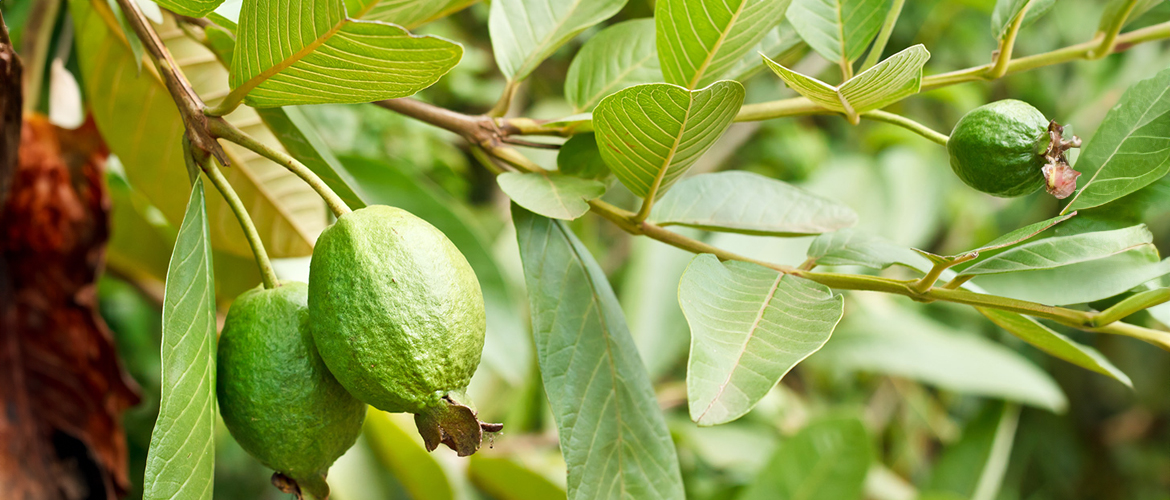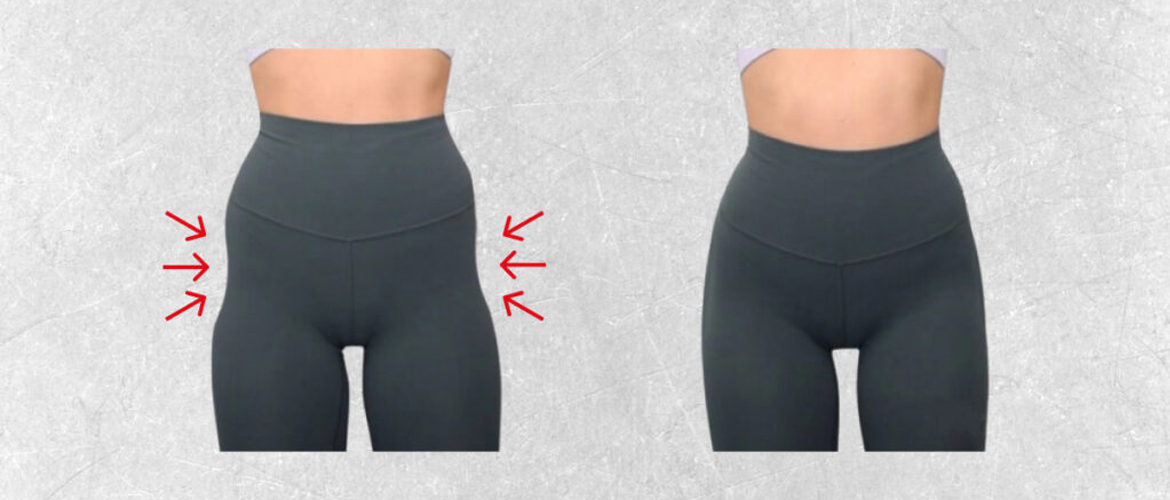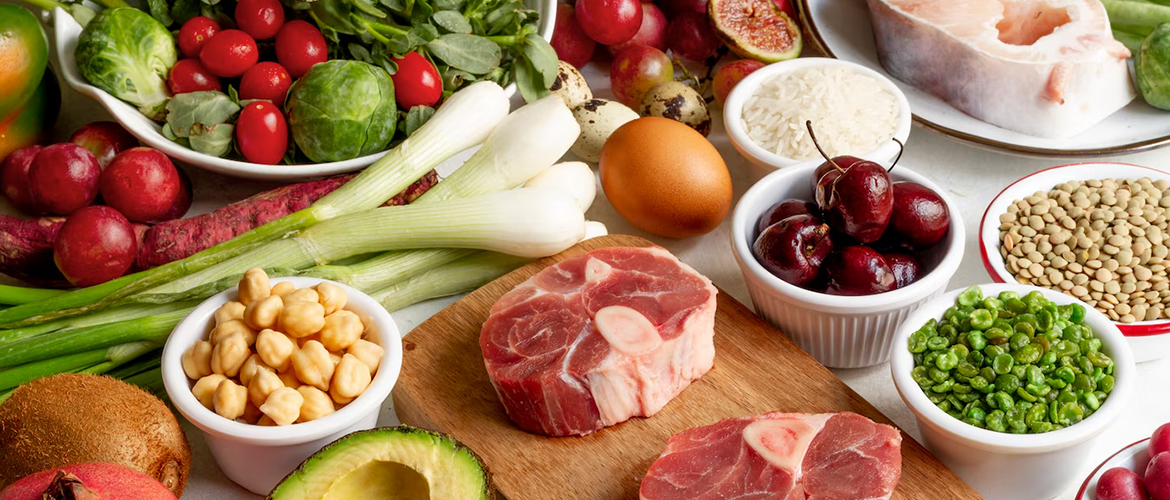Have you ever been to your fridge and found a wilted bag of vegetables, or a sour carton of milk? It’s always unpleasant to find food that has gone off. In some cases, it could’ve been avoided if you had stored it correctly. But in most cases it's the foods that don't require refrigeration that get spoiled. Let's look at some of them.
6 Type Of Foods You Should Never Store In The Fridge
Ever opened your fridge to find mushy onions or dry bread? You’re not alone. While refrigerators are great for preserving many items, some foods actually spoil faster or lose flavor when refrigerated.
Are You Storing These Foods Wrong?
-
Fruits and Vegetables
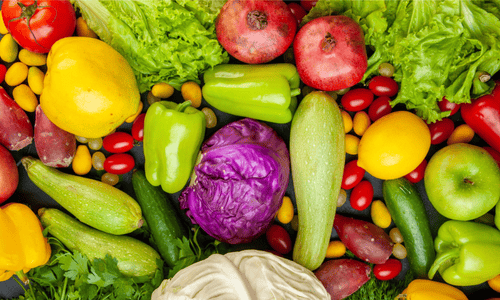
Not all fruits and vegetables like the cold.
Fruits like apples, bananas, avocados, melons, and peaches are best kept on your kitchen counter. If they aren’t ripe yet, place them in a paper bag with an apple or banana. This helps them ripen faster.
Veggies like potatoes, onions, garlic, and squash should be stored in a cool, dark place like a pantry—not the fridge. Cold temperatures can change their texture, making them mushy or soft when cooked.
-
Bread and Baked Goods
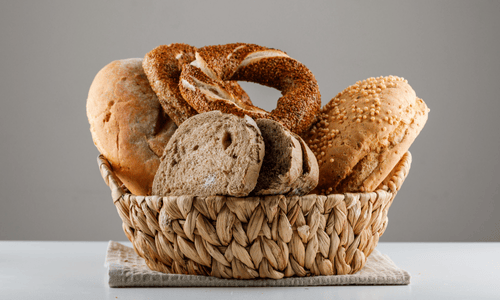
Bread, tortillas, and pastries like croissants can dry out fast in the fridge. If you eat them often, store them in a sealed bag or container at room temperature.
Want to keep bread fresh longer? Slice it, wrap it in plastic, and store it in the freezer. It can last for months and still taste great when toasted.
-
Coffee
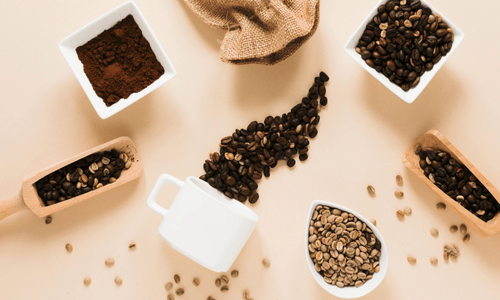
Coffee beans and ground coffee don’t belong in the fridge. Why? Because they absorb smells from other foods, which can ruin their flavor.
Keep coffee in an airtight container, stored in a cool, dark spot—away from heat and sunlight.
If you want to keep your ground coffee fresh, you can put it into an airtight container and store it somewhere cool away from heat sources like stoves or direct sunlight.
-
Honey, Hot Sauce, and Spreads
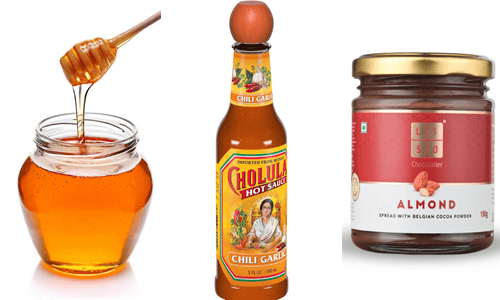
Honey hardens and becomes grainy in the fridge. It won’t return to its smooth, gooey texture even when heated. Leave it at room temperature instead.
Hot sauces are full of vinegar, which keeps them safe without refrigeration.
Chocolate spreads, peanut butter, and hazelnut spreads get stiff and hard in the fridge. They’re much easier to use when kept at room temperature.
-
Nuts and Dried Fruits
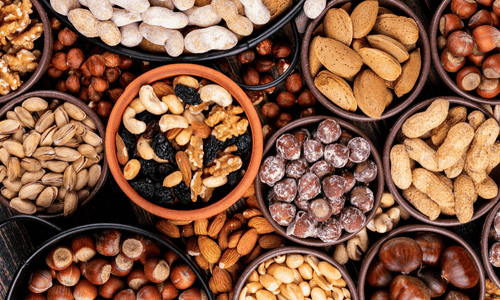
While storing nuts in the fridge can help reduce their oiliness, it can also dull their flavor. It’s better to keep them in a cool, dry cabinet. If you’ve already refrigerated them, try toasting them a bit before eating—they’ll taste fresher.
-
Oils and Vinegar
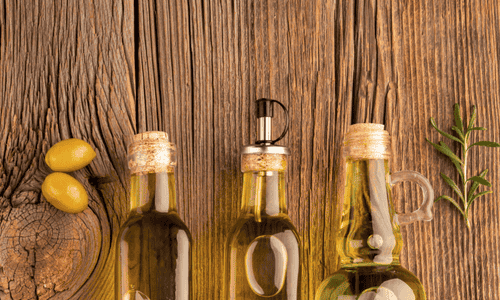
Olive oil and other cooking oils can solidify in the fridge, just like hair oil in winter. This changes their texture and taste. Store oils in a cool, dark cupboard—away from heat or your stove.
Vinegar doesn’t need to be refrigerated at all. It’s naturally good at preserving itself.
Quick Recap: Foods to Keep OUT of the Fridge
| Don’t Refrigerate | Store Instead In… |
| Bananas, Apples, Avocados | Countertop or paper bag |
| Potatoes, Onions, Garlic | Cool, dark pantry |
| Bread, Croissants | Sealed container, room temp |
| Coffee (beans/ground) | Airtight container, cool cupboard |
| Honey, Peanut Butter | Pantry or kitchen shelf |
| Nuts and Dried Fruits | Cool, dry place |
| Olive Oil, Vinegar | Cabinet, away from heat |
Also Read: How Long Do Mushrooms Last in the Fridge?
Frequently Asked Questions:
What is the cheapest food that lasts the longest?
If you're looking for budget-friendly foods that last a long time, dry staples like rice, lentils, beans, and pasta top the list. These are incredibly affordable, easy to store, and stay good for months (or even years!) when kept in a cool, dry place.
Other long-lasting cheap foods include:
- Oats – great for breakfast and baking.
- Potatoes – if stored in a dark, cool spot, they can last for weeks.
- Onions and garlic – flavorful and shelf-stable.
- Canned goods – like tomatoes, tuna, or beans can last years without refrigeration.
What four foods turn toxic when refrigerated?
While refrigeration slows spoilage for many foods, a few can change chemically or grow harmful bacteria when kept cold. Here are four you should avoid putting in the fridge:
- Potatoes – Cold temperatures convert starch into sugar, affecting taste and forming acrylamide when fried (a potential toxin).
- Onions – Refrigeration makes them mushy and can promote mold growth.
- Garlic – Moisture in the fridge can lead to sprouting and mold.
- Cooked rice – If not cooled and stored properly, it can grow Bacillus cereus, a bacteria that causes food poisoning.
Tip: Always let rice cool completely before storing and use it within a day or two.
What food lasts longest without refrigeration?
Some foods are natural champions when it comes to shelf life without a fridge, especially when stored properly. These include:
- Dried beans and lentils – Stay good for years if kept dry.
- White rice – Can last up to 30 years in airtight containers!
- Honey – Never really spoils (just keep it sealed).
- Pasta and flour – Lasts 1–2 years stored in a cool, dry place.
- Salt and sugar – Indefinite shelf life.
- Canned goods – Most last 2–5 years unopened.
What food to buy if you don't have a fridge?
No fridge? No problem. Go for foods that are non-perishable or shelf-stable:
- Canned tuna, beans, and soups
- Peanut butter or nut butters
- Instant noodles or pasta
- Crackers, oats, and granola bars
- Fruits like apples, oranges, and bananas
- Vegetables like potatoes, onions, garlic, and carrots
- Dried fruits and nuts
- Powdered milk or shelf-stable UHT milk
These are great for dorm rooms, camping, or off-grid living.
Why shouldn't we keep bread in the fridge?
Storing bread in the fridge might seem like a good way to keep it fresh—but it actually dries it out faster. Refrigeration speeds up a process called retrogradation, which makes the starches in bread go stale more quickly. Instead:
- Keep bread at room temperature in a sealed bag or breadbox.
For long-term storage, freeze sliced bread, then toast or warm up as needed. It stays fresh for months this way!
Storing food the right way helps it last longer, keeps it tasting great, and reduces waste. Just remember—not everything needs to go in the fridge. Use these easy tips to make your groceries go further!







